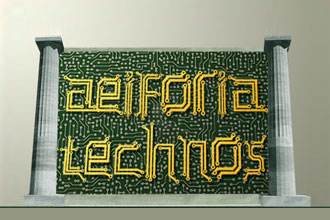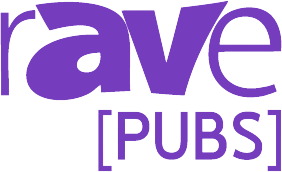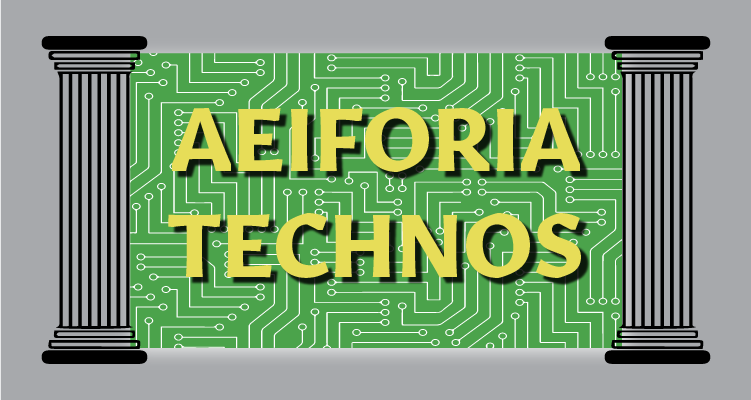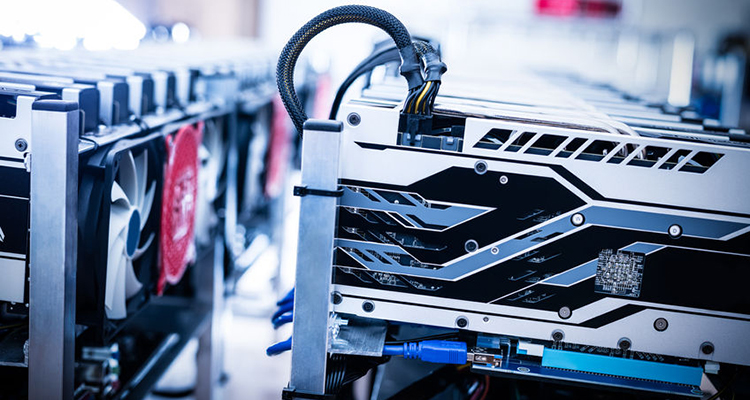The Smart Grid is Coming: Are You Ready?
 The United States Office of Electricity Delivery and Energy Reliability (OE) defines a Smart Grid as a class of computer based technologies that provides remote control, automation and two-way communication to improve production, delivery and efficiency of the electrical utility system. For over a century, the utility companies had to send workers out to gather the needed data to maintain and deliver the system by reading meters, measuring voltage, and looking for and repairing broken equipment. These utilities are moving into the 21st century by upgrading electricity networks from the power plants, wind farms, solar farms and wave generators to the consumer level at homes and businesses.
The United States Office of Electricity Delivery and Energy Reliability (OE) defines a Smart Grid as a class of computer based technologies that provides remote control, automation and two-way communication to improve production, delivery and efficiency of the electrical utility system. For over a century, the utility companies had to send workers out to gather the needed data to maintain and deliver the system by reading meters, measuring voltage, and looking for and repairing broken equipment. These utilities are moving into the 21st century by upgrading electricity networks from the power plants, wind farms, solar farms and wave generators to the consumer level at homes and businesses.
Most of the existing technologies have yet to be automated and computerized however this is rapidly changing. As we acknowledge the 10th anniversary of the great Northeast blackout, which started in my hometown region of Northeast Ohio from a couple of downed tree limbs and knocked out all of New England, the topic is gaining momentum as manufacturers, entrepreneurs and public utilities are all looking for a better way to keep the power moving and the lights on while providing a more reliable and efficient system. This includes rethinking the current delivery system of a centralized power plant, to transmission lines, to substations, transformers, switches, and finally the consumer to a more local and distributed system interlinked with surrounding systems. By adding intelligence to the electric power system, much in the way “smart phones” have transformed personal communications, smart grid technology lets the utility adjust and control each individual device or millions of devices from a remote location.
To help this along, the United State Congress passed in 2007 the Energy Independence and Security Act providing funding and legislative support for these initiatives. Key initiatives include establishing a Smart Grid Advisory Committee and Federal Smart Grid Task Force, developing a Smart Grid Regional Demonstration Initiative, createing a Smart Grid Interoperability Framework and providing funding for Smart Grid investment costs. The policy framework of this group led by the Federal Smart Grid Task Force focuses on four key goals outlined by the current administration:
- A better alignment of economic incentives to boost development and deployment of Smart Grid Technologies
- A focus on the creation of and strengthening of standards and interoperability
- Empowerment of the consumer to minimize energy use through better information while ensuring privacy
- Improve the power grid security and resilience
To handle these goals, the OE relies on digital technology and key activities to improve the system. First and foremost, research and development advance the understanding of the challenges and provide innovative solutions to the challenges ahead. From here deployment of demonstrative concepts give the public a view of where things might be heading while offering real world data to continue to improve efficiencies. This allows the OE to work out the kinks of interoperability and create standards by which future manufacturing, implementation, and operations can rely upon. This is important as the future of power generation will most certainly come from a range of technologies outside of what is traditionally used today (coal, nuclear, hydroelectric, etc.) Critical to this is the development of the workforce to support the technologies developed and utilized within these new structures. This will require a higher degree of understanding of digital technologies and networks than has been previously seen including understanding and monitoring of the mountain of data which will be available.
Now how is this going to impact the Information Communications Technology (ICT) sector? Well for starters, all of this data that will be generated to better manage the power demand needs to travel over a network – the network designed and integrated into the built environment for our clients. Second, devices are getting smarter every day capable of providing real-time feedback of power consumption and power state, among many others.
In June of this year, the Consumer Electronics Association (CEA) hosted a technology demonstration in Albany, NY to educate stakeholders on the most recent developments on product sustainability and policies. Recognizing the growing impact that demand side electronics has on the overall power use of a built environment, CEA is a leading force in green design and manufacturing. This is rapidly bleeding into the professional electronics sector and will only continue to rise as end users become accustom to the technology and energy saving features within the consumer environment and have expectations for it in their working life. The Bring Your Own Device corporate worlds, and the majority of professional buildings, are seeing a 25-30 percent increase in plug load demand from technology above what would be considered for normal building operations. This includes the rise of digital signage, sophisticated audiovisual and security systems, and dramatic increase in computer networks. In addition to the end user creating demand, the International Green Construction Code mandates power management features be activated and monitored.
Currently, there are several technologies available from companies such as Panamax/Furman, Middle Atlantic, Tripp Lite and SurgeX (among others) that help to switch and monitor power demand of low voltage devices coupled with control and monitoring solutions from AMX, Crestron and Extron, for example, that help provide this oversight and management. In addition there are new standards being developed within the ICT industry such as the InfoComm International Audiovisual Systems Energy Management Standard to help guide the systems designers in maximizing the energy efficiencies within their designs. Rating systems, including the Sustainable Technology Environments Program (STEP), require more attention to electrical demand including plug load control and technology monitoring. Because we are already starting to generate this data within the technology scope of projects, it is within reach for the utilities to want to have access to this data. We are already tying the technology to the building management systems through shared data networks so the data for the ICT systems can be streamlined into the power demand response system especially during peak times. It is feasible that companies could see rebates from their utilities by reducing their power consumption through smarter power management of their technology like they do with reducing their HVAC or their lighting demand.
ICT systems designers and integrators need to learn and understand the challenges and opportunities along with current standards to be able to have the right conversations with their clients. It will up to these members of the design and integration team to become value added players and be able to educate in some circumstances not only the building owners and occupants, but the rest of the design team as well as to what is possible. Have you had opportunity to be part of a total smart building solution that was implemented into a new smart grid? We would love to hear your input!




